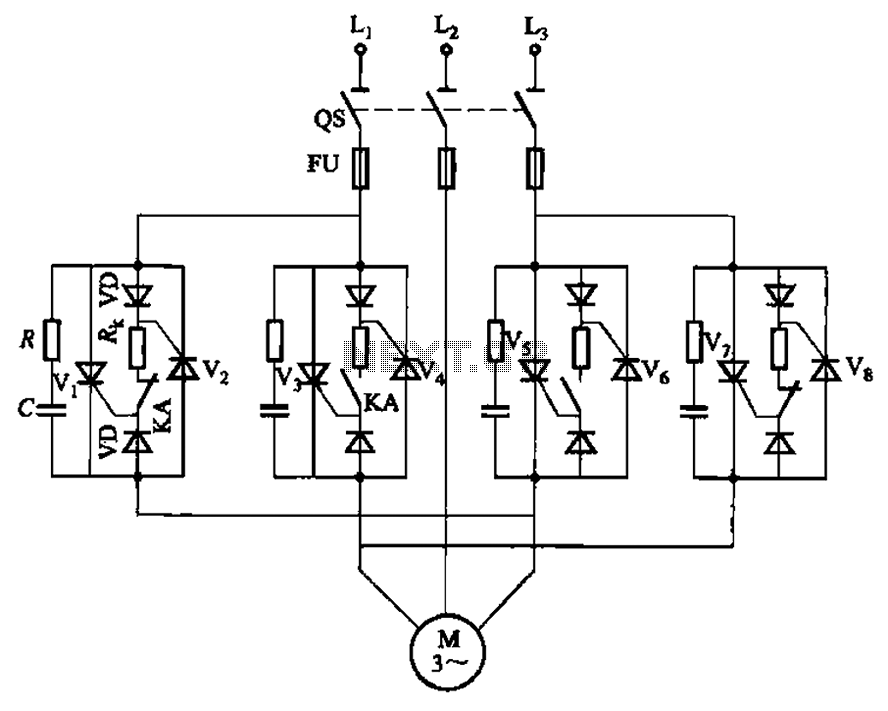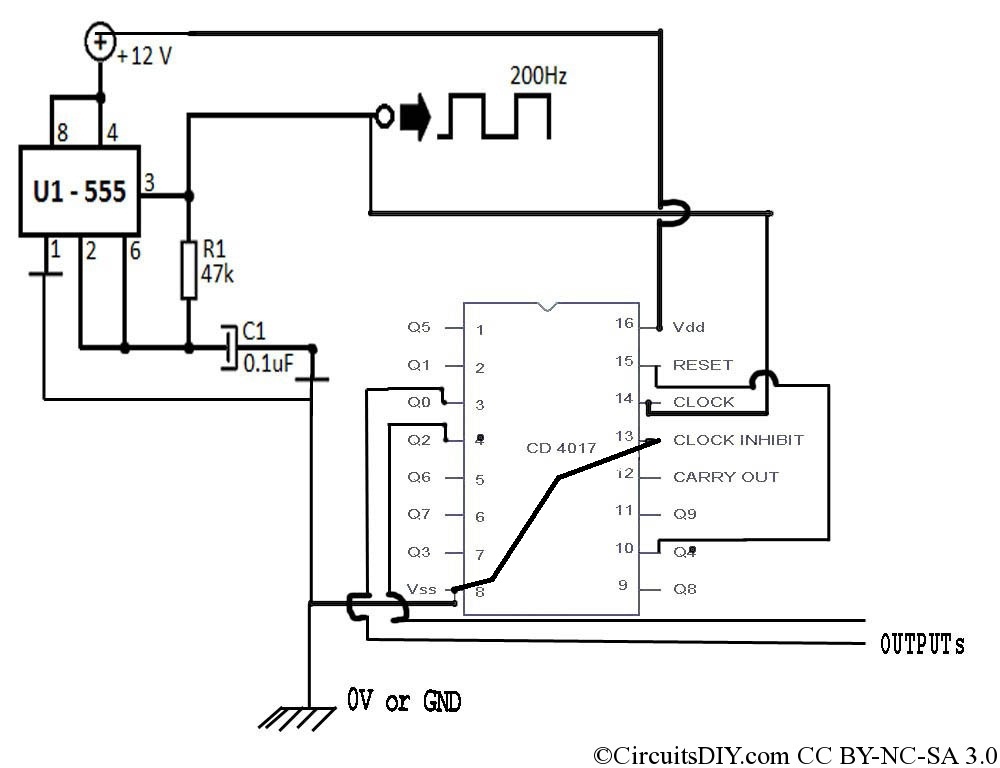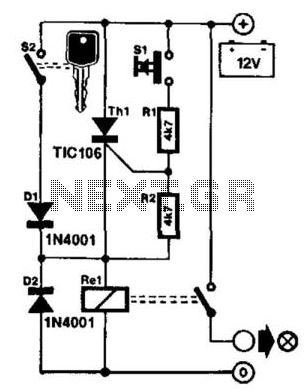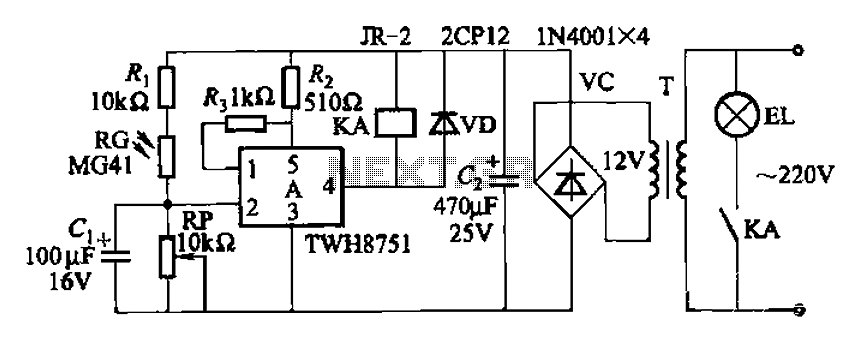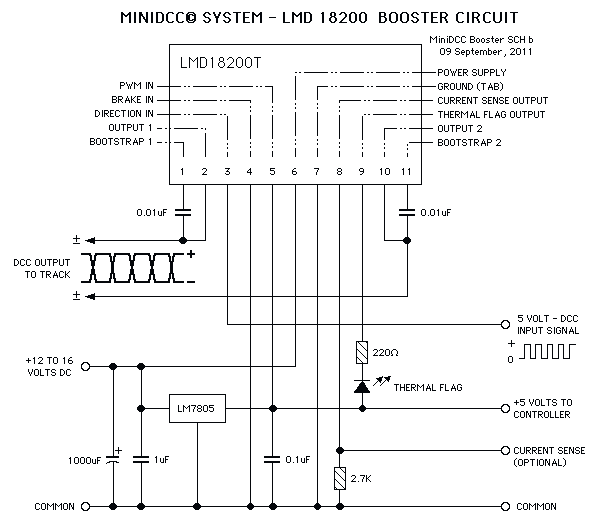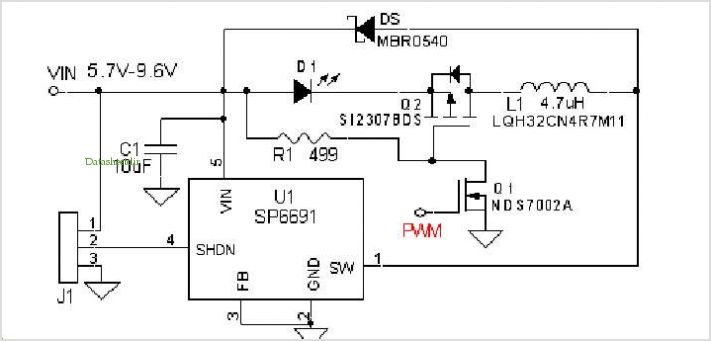
fan ballast control
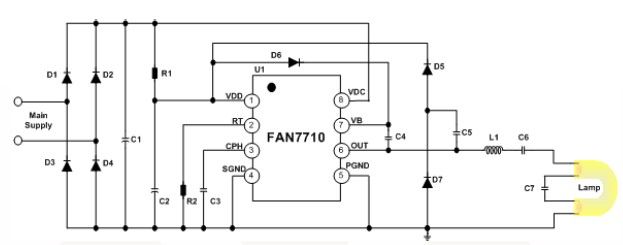
The FAN7710 Ballast Control IC is designed for use with compact fluorescent lamps (CFLs). This IC is developed using Fairchild's unique high-voltage process and system-in-package (SiP) technology.
The FAN7710 is a highly integrated ballast control solution that provides efficient operation and reliable performance for compact fluorescent lamps. It features a high-voltage capability, enabling it to handle the demands of CFL applications while maintaining a compact footprint. The SiP technology allows for reduced component count and simplified PCB layout, which contributes to overall system reliability and cost-effectiveness.
Key features of the FAN7710 include an integrated oscillator, which regulates the lamp's operating frequency, and a feedback mechanism that ensures stable lamp operation across varying conditions. The IC also incorporates protection features such as over-voltage and over-temperature shutdown, enhancing the safety and longevity of the lighting system.
In practical applications, the FAN7710 can be used in various lighting fixtures, providing a seamless transition from traditional incandescent lighting to energy-efficient CFLs. The design considerations include the selection of appropriate external components, such as inductors and capacitors, to optimize performance and efficiency. The circuit typically involves connecting the FAN7710 to the lamp and power supply, ensuring proper electrical isolation and thermal management.
Overall, the FAN7710 Ballast Control IC represents a robust solution for driving compact fluorescent lamps, contributing to energy savings and improved lighting quality in residential and commercial settings.Using the FAN7710 Ballast Control IC for Compact Fluorescent Lamps developed using Fairchild s unique highvoltage process and system-in-package (SiP) conc.. 🔗 External reference
The FAN7710 is a highly integrated ballast control solution that provides efficient operation and reliable performance for compact fluorescent lamps. It features a high-voltage capability, enabling it to handle the demands of CFL applications while maintaining a compact footprint. The SiP technology allows for reduced component count and simplified PCB layout, which contributes to overall system reliability and cost-effectiveness.
Key features of the FAN7710 include an integrated oscillator, which regulates the lamp's operating frequency, and a feedback mechanism that ensures stable lamp operation across varying conditions. The IC also incorporates protection features such as over-voltage and over-temperature shutdown, enhancing the safety and longevity of the lighting system.
In practical applications, the FAN7710 can be used in various lighting fixtures, providing a seamless transition from traditional incandescent lighting to energy-efficient CFLs. The design considerations include the selection of appropriate external components, such as inductors and capacitors, to optimize performance and efficiency. The circuit typically involves connecting the FAN7710 to the lamp and power supply, ensuring proper electrical isolation and thermal management.
Overall, the FAN7710 Ballast Control IC represents a robust solution for driving compact fluorescent lamps, contributing to energy savings and improved lighting quality in residential and commercial settings.Using the FAN7710 Ballast Control IC for Compact Fluorescent Lamps developed using Fairchild s unique highvoltage process and system-in-package (SiP) conc.. 🔗 External reference
